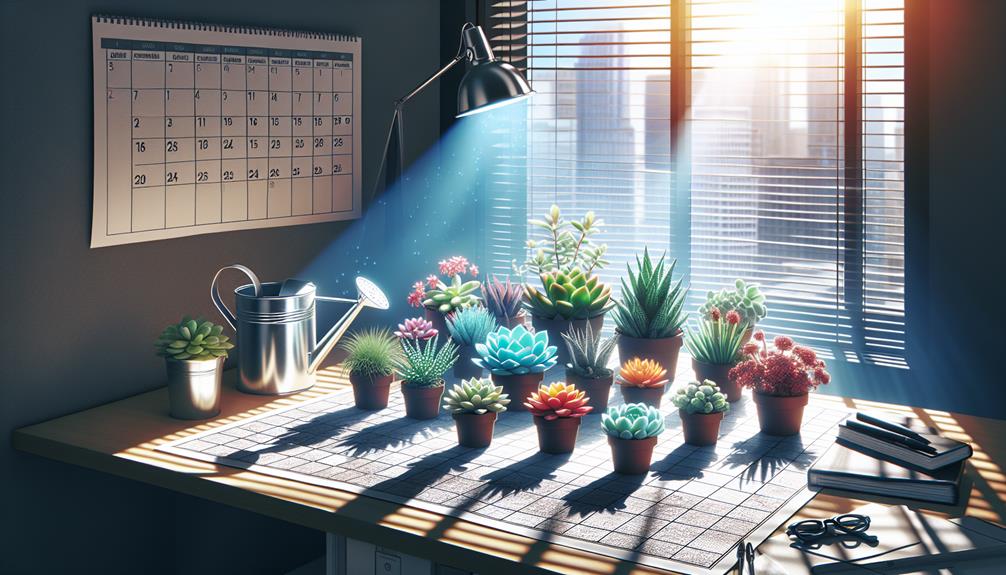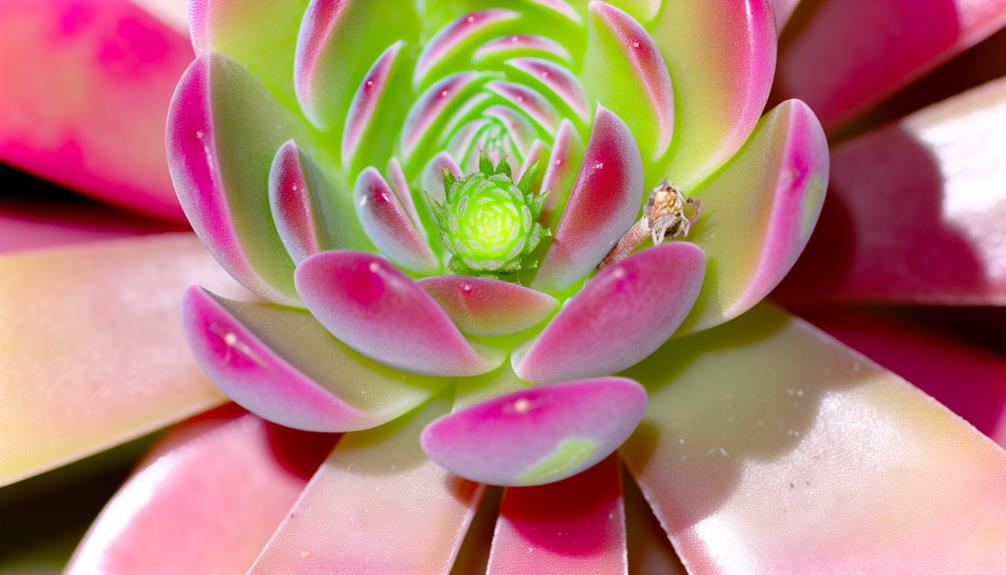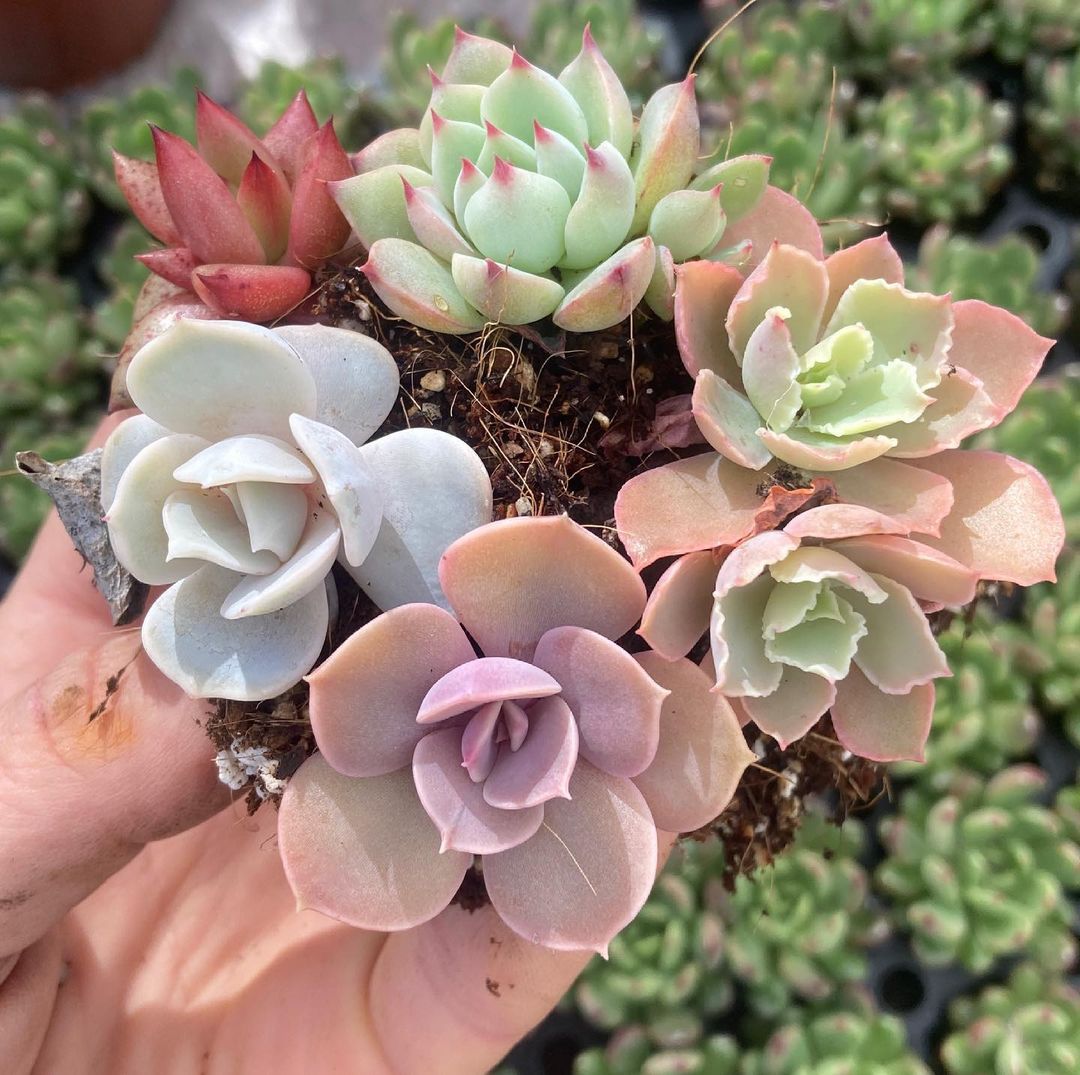
Succulent plants are a popular choice for those who want to add some greenery to their indoor or outdoor spaces. These plants are low-maintenance and come in a variety of shapes and sizes, making them a versatile addition to any space. One important aspect of succulent plant care is repotting. Knowing the best time to repot your succulent plants is crucial to their health and longevity.
Why Repot Your Succulent Plants
Succulent plants are unique in that they store water in their leaves, stems, and roots. This adaptation allows them to survive in dry environments where other plants would not. However, succulent plants can outgrow their containers, leading to stunted growth, root rot, and other issues. Repotting allows for more room for growth, fresh soil, and better drainage, which can improve the overall health of the plant.

When Is The Best Time To Repot Your Succulent Plants
The best time to repot your succulent plants is during their active growing season, which is typically in the spring or summer months. During this time, the plant is more likely to recover quickly from the stress of being repotted. Avoid repotting during the dormant season, which is usually in the fall or winter, as the plant may not have the energy to recover from the process.

Signs That Your Succulent Plants Need To Be Repotted

There are several signs that your succulent plants may need to be repotted, including:
- Root Bound: If the roots of the plant are growing out of the bottom of the container or circling around the inside of the pot, it may be time to repot.
- Stunted Growth: If the plant is not growing or has stopped growing altogether, it may be because it has outgrown its container and needs more room to grow.
- Soil Depletion: Over time, the soil in the container can become depleted of nutrients, making it difficult for the plant to thrive. Repotting with fresh soil can help provide the nutrients the plant needs to grow.
Tips And Tricks For Repotting Your Succulent Plants
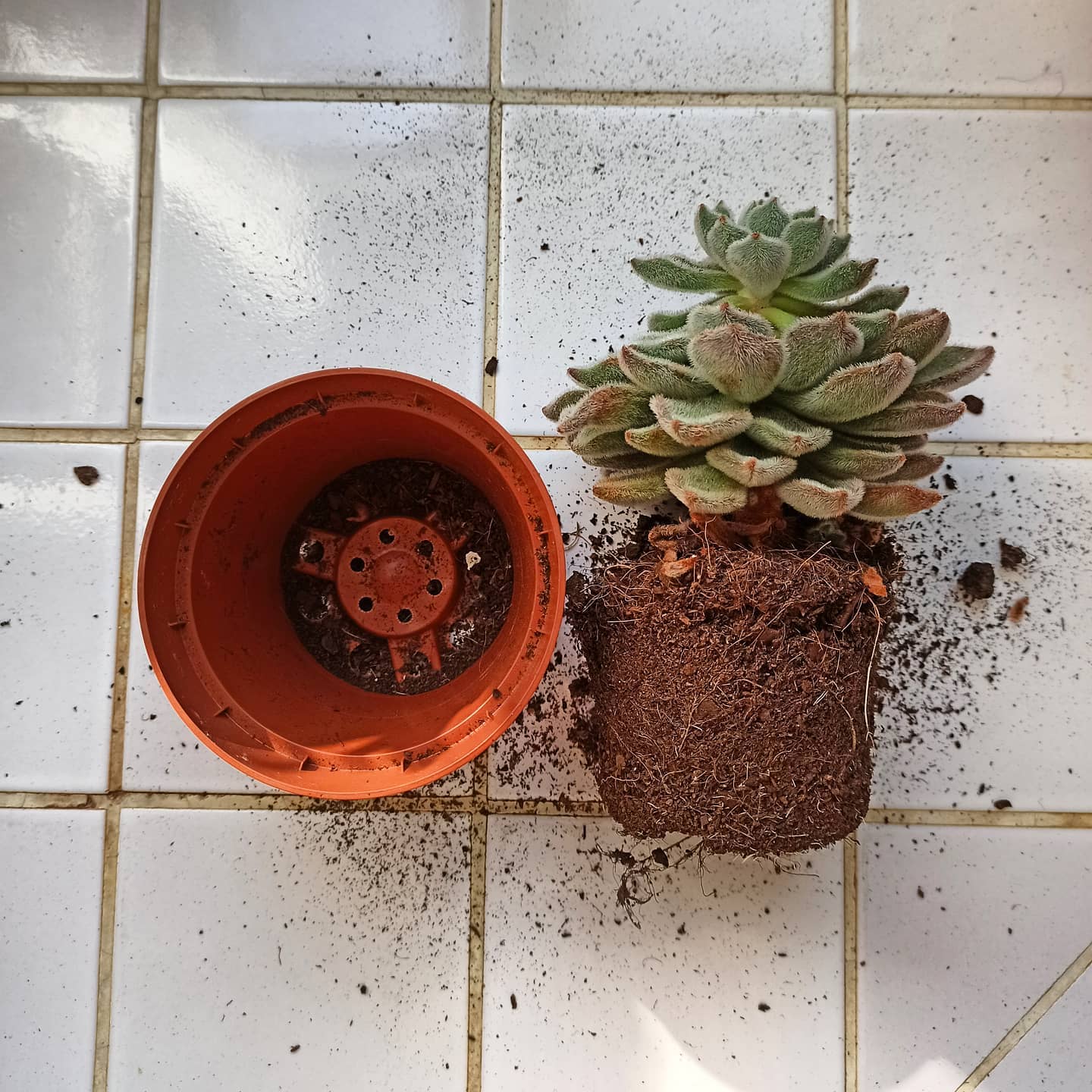
Here are some tips and tricks to make the repotting process easier and more successful:
- Choose the Right Container: When choosing a new container, make sure it is the right size for your plant. The container should be slightly larger than the current container, but not too large, as this can lead to overwatering.
- Use the Right Soil: Succulent plants need well-draining soil. You can use a commercial succulent soil mix or make your own by combining equal parts of sand, perlite, and potting soil.
- Water the Plant: Water the plant a few days before repotting. This will help loosen the soil and make it easier to remove the plant from the container.
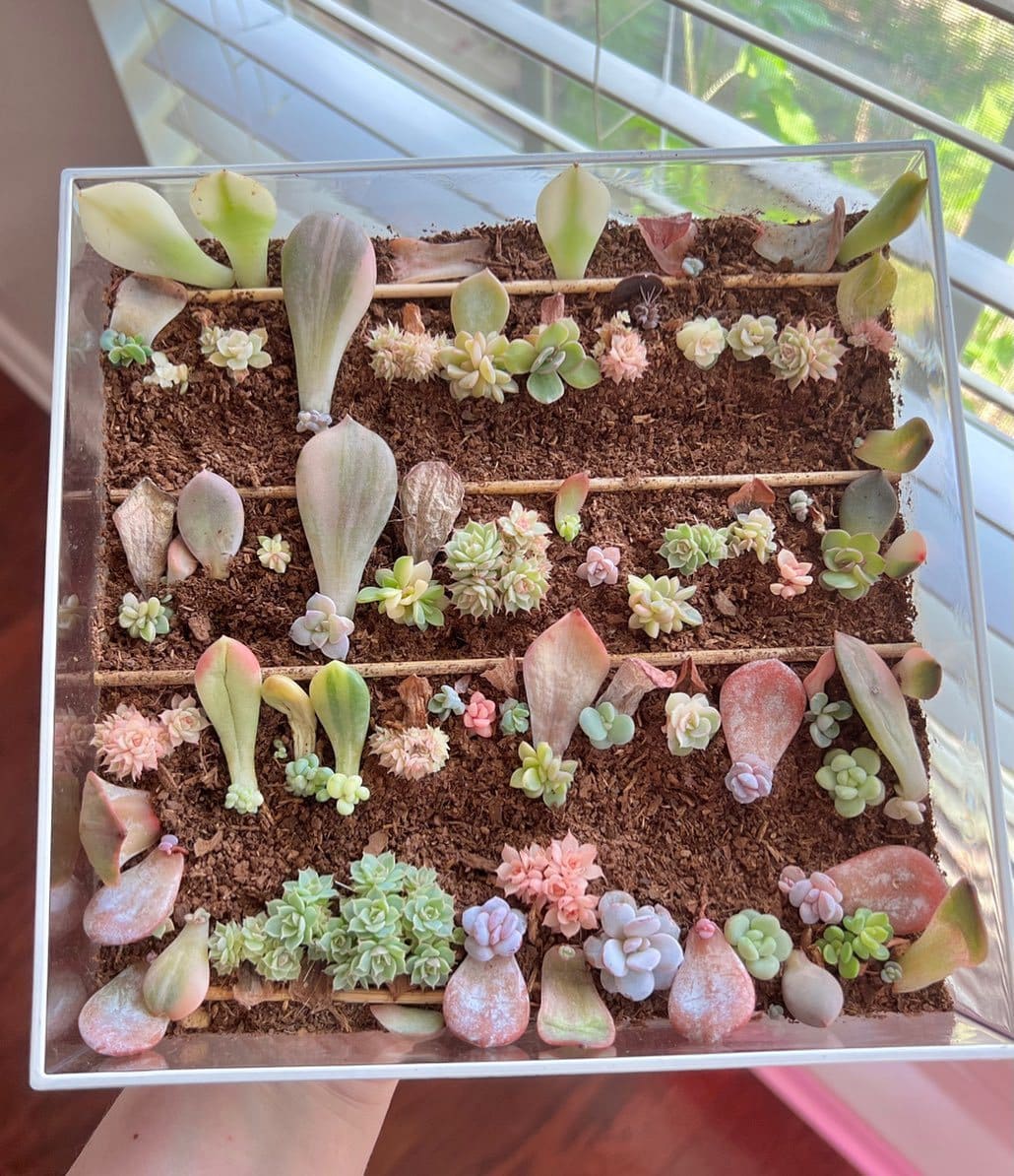
- Remove the Plant from the Container: Gently tap the sides of the container to loosen the soil, then carefully remove the plant from the container. If the plant is root-bound, you may need to use a knife or scissors to cut away some of the roots.
- Clean the Roots: Gently remove any old soil from the roots and trim any damaged or rotting roots.
- Repot the Plant: Place a layer of fresh soil in the bottom of the new container, then carefully place the plant in the container, filling in the gaps with fresh soil. Be sure to leave some space at the top of the container for watering.
- Water the Plant: Water the plant lightly after repotting and allow the soil to dry out completely before watering again.
Repotting your succulent plants at the right time is crucial to their health and growth. By paying attention to the signs that indicate it’s time to repot and following the tips and tricks for the repotting process, you can ensure your succulent plants have enough room to grow, fresh soil, and better drainage. As a result, they will continue to thrive and bring beauty to your indoor or outdoor space. So don’t hesitate to give your succulent plants the care they need and enjoy their beauty for years to come!




